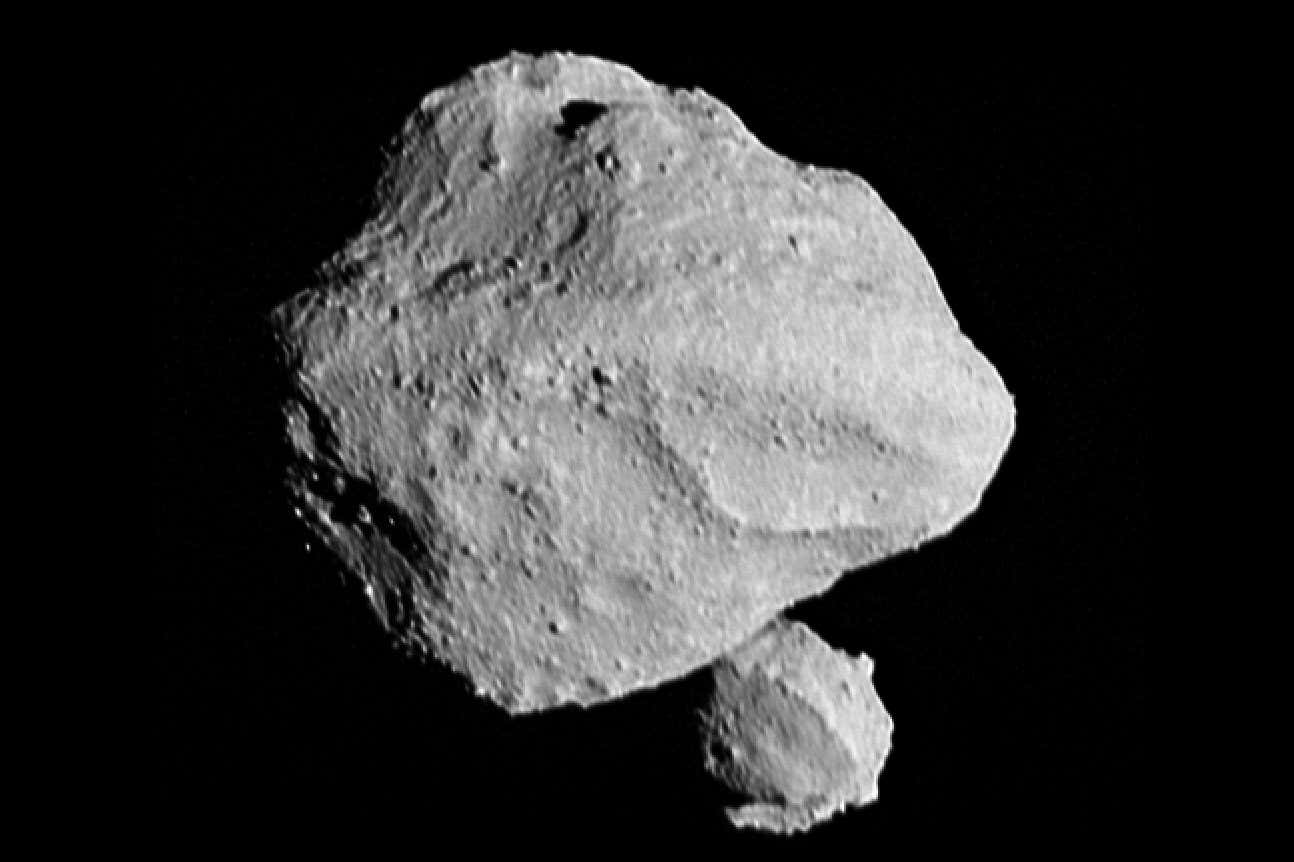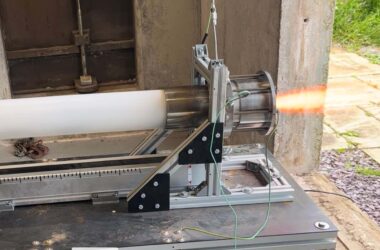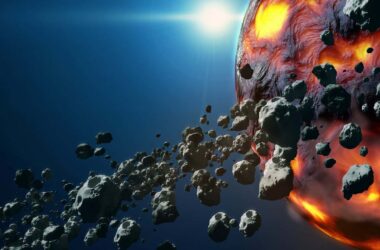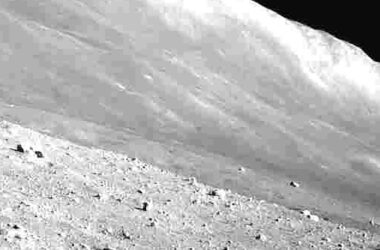NASA’s Lucy spacecraft recently flew past its first asteroid, Dinkinesh, and made an unexpected discovery. The spacecraft captured images that revealed another smaller asteroid orbiting Dinkinesh, making it the smallest main belt asteroid ever observed up close. The finding came as a surprise as the presence of a satellite was suspected due to the fluctuating brightness of Dinkinesh. However, due to its small size, spotting the satellite from Earth was impossible.
During the flyby on November 1st, Lucy approached Dinkinesh at a distance of 430 kilometers, traveling at a speed of approximately 16,000 kilometers per hour. The images taken by Lucy unveiled a second asteroid in a binary system with Dinkinesh, measuring only about 220 meters across. NASA’s Goddard Space Flight Center expressed excitement about this discovery, comparing it to the near-Earth asteroid binary Didymos and Dimorphos observed by NASA’s Double Asteroid Redirection Test mission.
The primary objective of the flyby was to test Lucy’s scientific instruments, specifically the tracking system that keeps it focused on its target during high-speed flybys. The successful capture of the images demonstrates the functionality of the tracking system. Further data gathered from the encounter will be analyzed by scientists and engineers over the next week.
Lucy’s next target is the asteroid 52246 Donaldjohanson, which it will visit in 2025 before continuing its mission to explore Jupiter’s Trojan asteroids. These Trojans orbit ahead of and behind Jupiter along its path around the sun. They are believed to be remnants from the early formation of the solar system and may provide valuable insights into planetary evolution. Lucy is expected to reach the Trojan asteroids in 2027.








